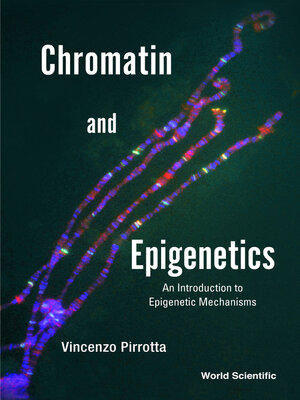
Sign up to save your library
With an OverDrive account, you can save your favorite libraries for at-a-glance information about availability. Find out more about OverDrive accounts.
Find this title in Libby, the library reading app by OverDrive.



Search for a digital library with this title
Title found at these libraries:
| Loading... |
This book is an introduction to epigenetics, a controversial term that denotes the mechanisms that instruct the genome on how to express the purely genetic information that encodes proteins. Starting with the discovery of repressor proteins in the 1960s, epigenetics evolved into a kind of user manual for the genetic information, telling the genome if, when, how much and in what cells to read genes. Advances in epigenetics in the past 15 years have revealed how it lies at the heart of virtually every branch of biological and medical sciences and an understanding of its basic principles is therefore essential for every student in this field.The field of chromatin and epigenetics has developed very rapidly in the past 15-20 years. The pace in the field of epigenetics has now slowed down, the basic outlines of the mechanisms and implications have solidified and a consensus has been achieved among the researchers in the field. At the same time, these mechanisms and implications are now an integral part of how we think about the genome. Genes are more than just DNA and more than just protein-coding sequences and this realization has revolutionized our understanding of the genome, gene expression and its regulation in development, health and disease. It is time, therefore, for a textbook to help train a new generation of biologists and health scientists as well as providing a basic competence among practitioners in allied fields. The present book has grown out of a course given for the past 13 years to advanced undergraduates at Rutgers University. In keeping with the experience in that course, the book is abundantly illustrated, presents a wealth of specific examples, and includes a chapter describing a number of methods and techniques that have driven the advances in the field.






